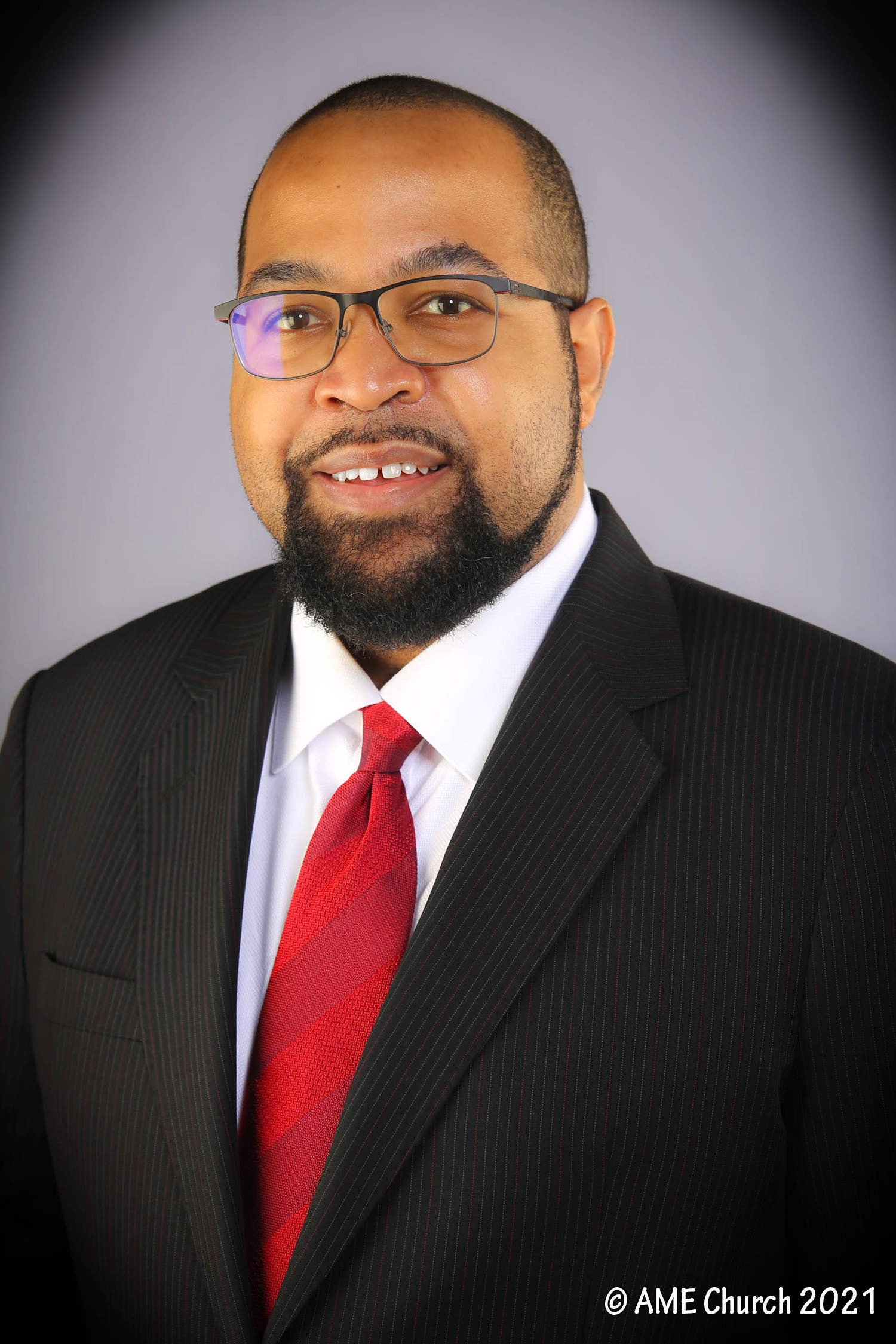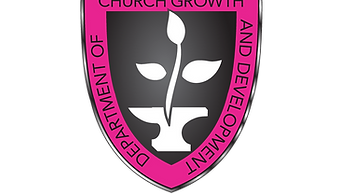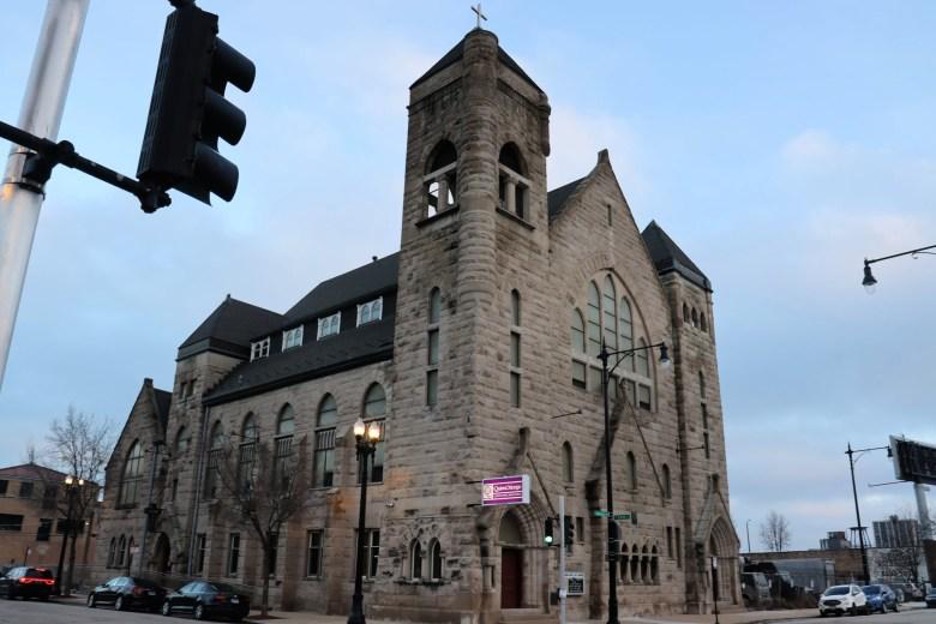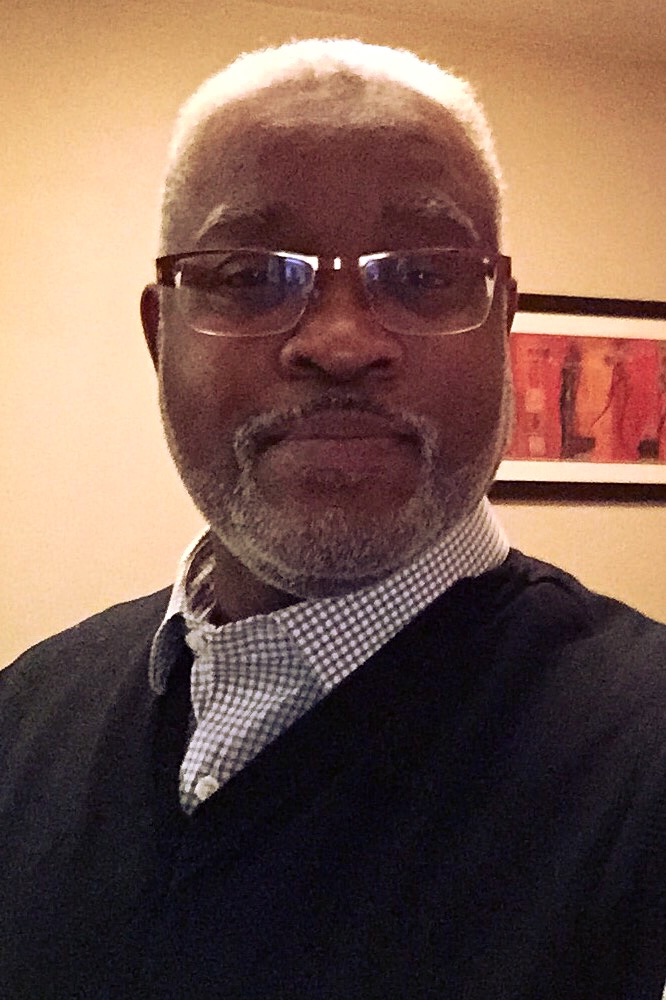By John Thomas, III, PhD, Editor
“Man Pays $6,000 for a Pair of Damaged Stained Glass Windows That are Actually Worth a Fortune”
This headline, and those similar, went viral across African Methodist Episcopal Church pages on social media as the rare Tiffany Rose windows that once belonged to Hickman Temple AME Church in Philadelphia, Pennsylvania, were sold to architectural scavengers looking for a profit. “How could this happen?” “This is so sad!” and other laments populated social media feeds and conversations.
The story, of course, is more complex than meets the eye.
An aging congregation saddled with debt and a historic building in dire need of maintenance, Hickman Temple chose to sell their building to a non-denominational church. Community activists wanted to make the church a historic landmark to preserve the character of their neighborhood and the building’s Gothic architecture. The congregation, however, feared that the designation would block their ability to sell and move into a more affordable place. The Reverend Dr. Gregory Nelson, then pastor of Hickman Temple, commented in a news interview, “[A few] white people cannot decide the fate of a historic African American congregation that has been in this location for 47 years.” After litigation, the church could block the historic designation and sell the property to Emanuel Christian Center. During the remodeling process, the legendary windows were auctioned. Ironically, the new occupants of 5001 Baltimore Ave., Philadelphia, are pursuing the historical designation.
The saga at Hickman Temple yields several uncomfortable truths for the AME Church connectionally. We have numerous churches that are historic and architectural gems, a testament to the fortitude and determination of Black people to show that we too could construct beautiful temples. Yet, as our communities have shifted and our memberships decreased, we have increasingly become saddled with these buildings built in a different era and increasingly expensive to maintain. The $200,000 that the Tiffany Rose windows fetched would not have covered the hundreds of thousands of dollars of maintenance on the building.
We can learn from this story that each church knows the value of its property, and most certainly, before the sale of any of our churches, a historic building expert should be retained to ensure that the congregation knows the true value of the edifice and its contents. Also, we must have difficult conversations about what future we want for the properties we have. This process starts with the Annual Conference Board of Trustees. We might be unable to save all our historic treasures, but we can reflect on those candidates for assistance. Quinn Chapel AME Church in Chicago, Illinois, has been a pioneer in garnering grants and attention, setting forth a model that other churches should follow. The National Trust for Historic Preservation has a keen interest in saving Black Churches and has assisted numerous AME congregations. Initiatives such as The Oikos Institute for Social Impact can also help show churches how to leverage their property and assets to ensure that congregations are making a marked impact in their communities.
Even when we do everything we do, selling a property might be the best option for the congregation and ministry. We must remember that our forebears built buildings to serve a particular congregation; however, needs change from generation to generation. That is why recording our history and understanding where we come from is so important. The members of Hickman Temple made a difficult choice to preserve the future of their congregation. The Tiffany Rose windows became a headline of a deeper story that we must understand and learn from—for one day, it could be our very own.





